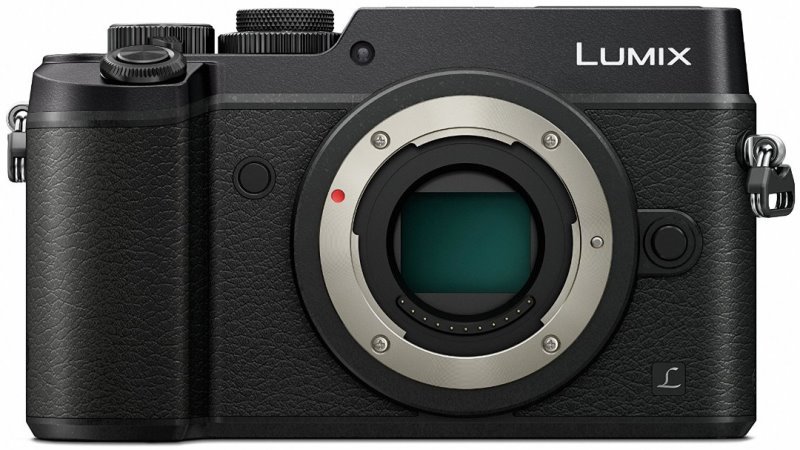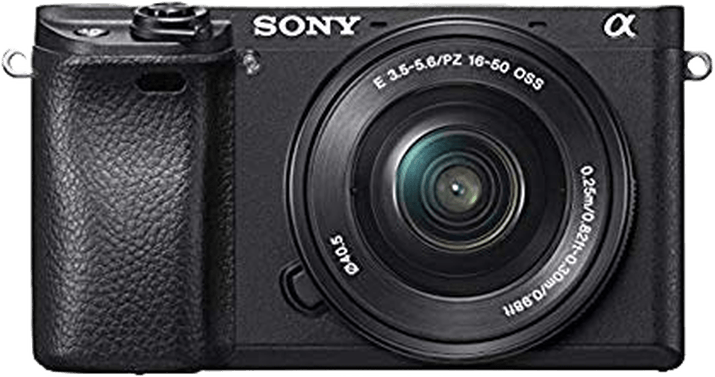Panasonic Lumix DMC-GX8 vs Sony a6300 Comparison
Panasonic Lumix DMC-GX8

Sony a6300

The Panasonic Lumix DMC-GX8 outperforms the Sony a6300 by a slight margin, scoring 63/100 compared to the Sony’s 61/100. Both cameras are mirrorless and were released in 2015 and 2016, respectively. They share similarities in their launch prices, with the GX8 priced at $1200 and the a6300 at $1000.
The GX8 stands out with its larger size, measuring 133 x 78 x 63mm and weighing 487g, providing a more substantial grip for users. On the other hand, the a6300 is more compact, measuring 120 x 67 x 49mm and weighing 404g, making it more portable and travel-friendly.
Taking these factors into account, the GX8’s higher score reflects its better handling for photographers who prefer a more solid grip, while the a6300 is a better choice for those prioritizing portability.
Panasonic Lumix DMC-GX8 vs Sony a6300 Overview and Optics
The Sony a6300 wins the optics comparison with a score of 68/100, while the Panasonic Lumix DMC-GX8 scores 65/100. Both cameras share certain specifications, including a CMOS sensor type and a similar shooting speed, with the a6300 at 11 frames per second and the GX8 at 10 frames per second.
The Sony a6300 surpasses the GX8 in terms of megapixels, offering 24.2 compared to the GX8’s 20.3. Additionally, the a6300 has a higher DXOMARK score for its sensor at 85, while the GX8 scores 75. The a6300 also features a larger APS-C sensor size and a Sony E lens mount, which contribute to its superior image quality.
On the other hand, the Panasonic Lumix DMC-GX8 has its own advantages, such as built-in image stabilization, which the a6300 lacks. This feature helps reduce camera shake and improve image clarity. The GX8 also has a Micro Four Thirds sensor size and a Micro 4/3 lens mount, which allows for a wider range of compatible lenses.
While both cameras have their merits, the Sony a6300 takes the lead in image quality due to its higher megapixel count, superior sensor performance, and larger sensor size. However, the Panasonic Lumix DMC-GX8 offers the advantage of built-in image stabilization and a more versatile lens mount. Ultimately, the choice between these cameras depends on the user’s specific needs and priorities.
Panasonic Lumix DMC-GX8 vs Sony a6300 Video Performance
The Sony a6300 outperforms the Panasonic Lumix DMC-GX8 in video capabilities, scoring 91 out of 100 compared to the GX8’s 70. Both cameras share some common specifications, such as 4K max video resolution and 3840 x 2160 max video dimensions. They also both have built-in time-lapse functionality.
The Sony a6300’s superiority in video performance is largely due to its impressive 120fps max video frame rate, which is significantly higher than the GX8’s 25fps. This higher frame rate allows the a6300 to capture smoother, more detailed slow-motion footage, making it a more versatile option for videographers.
On the other hand, the Panasonic Lumix DMC-GX8 still has respectable video capabilities, with a 4K resolution and time-lapse functionality. While it may not match the a6300’s frame rate, it is still a capable camera for video recording. However, its lower score suggests that it may not be the ideal choice for those who prioritize video performance.
When considering these points, it becomes clear that the Sony a6300 is the better choice for videographers who require top-notch video capabilities, while the Panasonic Lumix DMC-GX8 remains a decent option for those who do not require the same level of performance.
Panasonic Lumix DMC-GX8 vs Sony a6300 Features and Benefits
The Panasonic Lumix DMC-GX8 emerges as the winner in this comparison with a feature score of 70/100, while the Sony a6300 scores 54/100. Both cameras share some common specifications, such as a 3-inch screen size, flip screen, no GPS, WIFI connectivity, and no Bluetooth.
The winning camera, Panasonic Lumix DMC-GX8, stands out with its higher screen resolution of 1,040,000 dots, compared to the Sony a6300’s 921,600 dots. Additionally, the DMC-GX8 has a touchscreen, which the Sony a6300 lacks. This feature allows users to navigate menus and settings more efficiently, making the DMC-GX8 more user-friendly.
On the other hand, the Sony a6300 may not have any specific advantages over the Panasonic Lumix DMC-GX8 in terms of features, but it still offers a decent range of options for photographers. Its flip screen and WIFI connectivity are valuable assets, making it a good choice for those who do not prioritize touchscreen capabilities.
Based on these points, the Panasonic Lumix DMC-GX8 proves to be a superior choice due to its higher feature score, which stems from its better screen resolution and touchscreen capabilities. The Sony a6300, while lacking in these areas, remains a suitable option for those who can overlook the absence of a touchscreen.
Panasonic Lumix DMC-GX8 vs Sony a6300 Storage and Battery
The Sony a6300 wins the storage and battery comparison with a score of 24/100, while the Panasonic Lumix DMC-GX8 scores 21/100. Both cameras have one memory card slot, accepting SD, SDHC, and SDXC cards. Neither camera offers USB charging.
The Sony a6300 has a longer battery life of 400 shots per charge, compared to the Panasonic Lumix DMC-GX8’s 330 shots. This advantage allows the a6300 users to take more photos before needing to replace or recharge the battery. The a6300 uses the NP-FW50 battery type.
On the other hand, the Panasonic Lumix DMC-GX8 uses the DMW-BLC12 battery type. Although it has a shorter battery life, it still provides a decent amount of shots per charge.
Considering the storage and battery aspects, the Sony a6300 outperforms the Panasonic Lumix DMC-GX8 with its longer battery life, making it a better choice for extended shooting sessions.
Panasonic Lumix DMC-GX8 vs Sony a6300 – Our Verdict
Are you still undecided about which camera is right for you? Have a look at these popular comparisons that feature the Panasonic Lumix DMC-GX8 or the Sony a6300:

